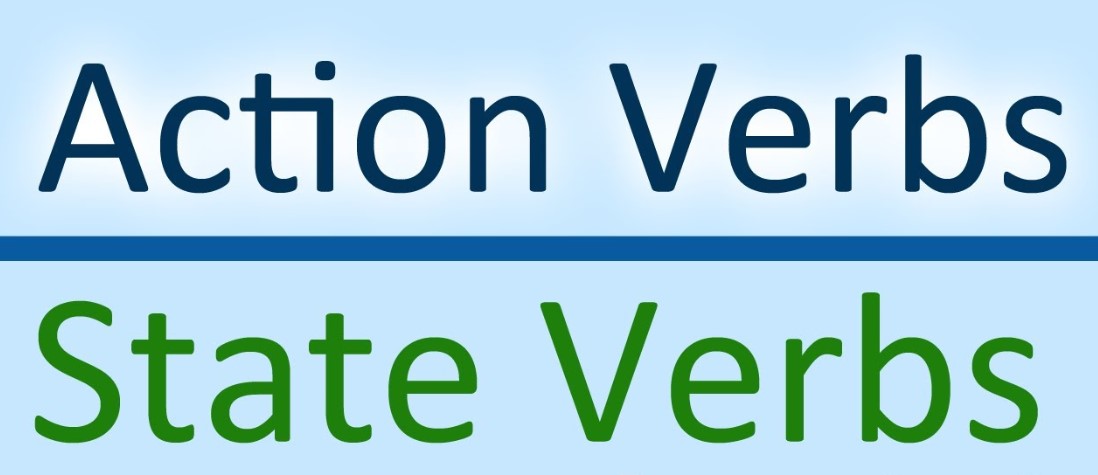
Kaj je razlika med temi glagoli?
LOVE |
BUY |
THINK |
EAT |
GO |
LIKE |
STUDY |
BELIEVE |
Odgovor je preprost – nekateri zaznamujejo aktivnost, drugi raznamujejo stanja. Glagoli, ki ne opisujejo aktivnosti oziroma dejanja, se imenujejo STANJSKI GLAGOLI in ne morejo biti uporabljeni v Continuous časih (BE + glagol + ING), čeprav govorimo o sedanjem trenutku (NOW).
| I believe you. | NE | I’m believing you. |
| I have known him for years. | NE | I have been knowing him for years. |
| Your idea sounds great. | NE | Your idea is sounding great. |
| Yes, I hear you. | NE | Yes, I am hearing you. |
| They impress me a lot. | NE | They are impressing me a lot. |
| I wish I smoked less. | NE | I’m wishing I smoked less. |
| She doesn’t understand me. | NE | She isn’t understanding me. |
| The milk tastes bad. | NE | The milk is tasting bad. |
| This book belongs to me now. | NE | This book is belonging to me now. |
Delimo jih v skupine:
1. glagoli, ki označujejo čustva: like, dislike, love, hate, prefer, adore, wish, want
2. glagoli čutnih zaznav: feel, see, hear, taste, smell
3. glagoli, ki označujejo miselna dogajanja: forget, believe, wonder, know, agree, disagree,
guess, doubt, understand …
4. glagoli, ki označujejo stanja: seem, cost, contain, belong, sound, own, have
5. glagoli, ki označujejo lastnino: have, belong to, possess, own
6. glagoli, ki označujejo meritve: fit, measure, weight